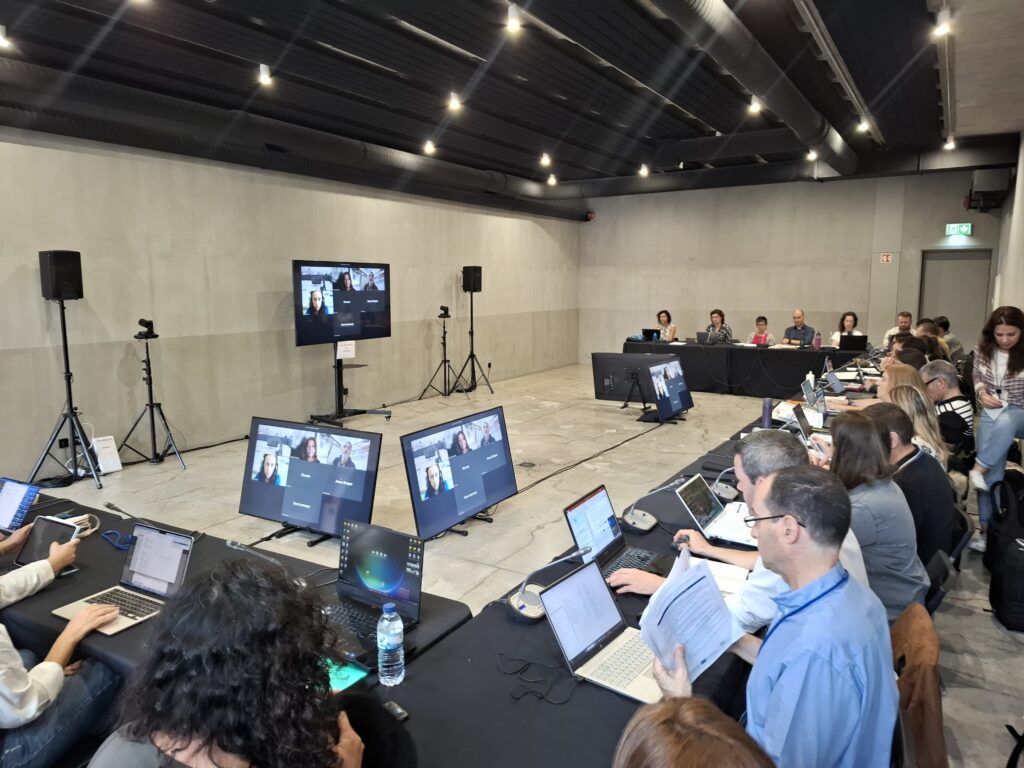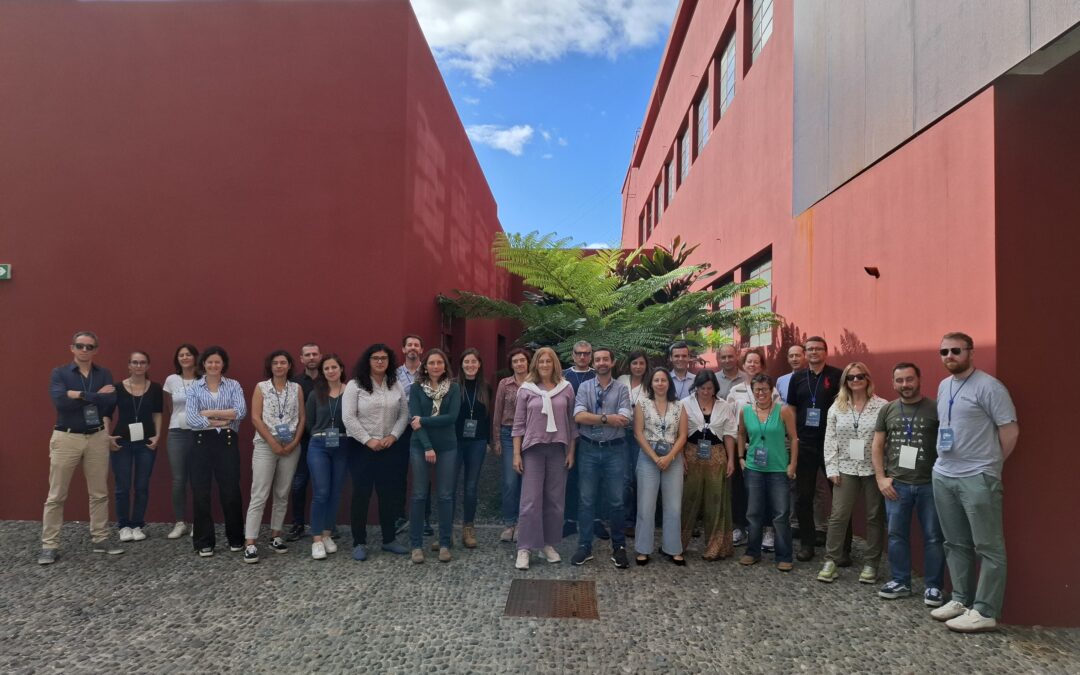In November (13th and 14th), the 3rd Steering Committee meeting of the Free LitterAT project took place. On this occasion, the event was organized by DRAM on the island of Madeira, with representation from the different project partners.
During the meeting, the progress made on each activity and associated tasks since the previous meeting in Galway (June 2024) were presented, as well as the working plan for the upcoming months.
On the first day, partners presented and discussed progress in the areas of waste management and the recycling of fishing gear at the end of its life (EOLFG) and waste incidentally fished in ports, along with the socioeconomic aspects of marine litter. Advances in the assessment and monitoring of macro and microplastic pollution were also presented, showcasing progressions in methods and technologies to detect, map, and characterize marine litter on the seafloor, as well as improvements in the detection and monitoring of micro-litter in water and sediments. Steps forward improving capabilities for the identification of activity and geographical sources of marine litter and data assessment in the Atlantic area were also explained. The first session closed with a discussion on the progress made in plastic degradation studies, along with improvements in macro and microplastic models by introducing new parameters and applications to predict the transport of lost or abandoned fishing gear (ADLFG).
On the second day, partners addressed issues relevant to reducing marine litter and its associated risks. Progress in the action plan for detecting and removing ALDFG and stakeholder engagement were presented as well as advances in the tasks associated to the removal of marine litter in remote accumulation sites (including remote areas). Several accumulation sites on the French, Portuguese, and Irish coastline have already been selected to carry out pilot clean-ups and pilot actions have already been carried out in Madeira. Works done for the development and optimization of filtration membrane technology to retain microplastics were also showcased.
Finally, the progress and updates from the past 6 months on project communication and capitalization activities were presented to the partners with special emphasis on interactions with OSPAR RAP coordination team and Pillar IV of the Atlantic Action Plan. The meeting concluded with a discussion on current state and perspectives for seafloor monitoring and the specifications of the web platform to be developed to improve the use of the Lagrangian model by end users.



